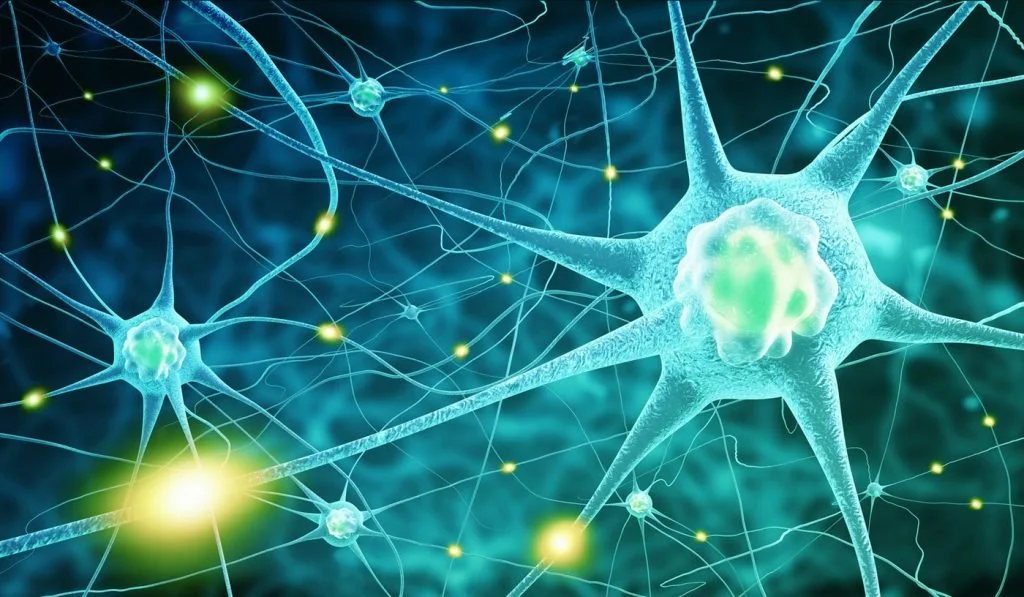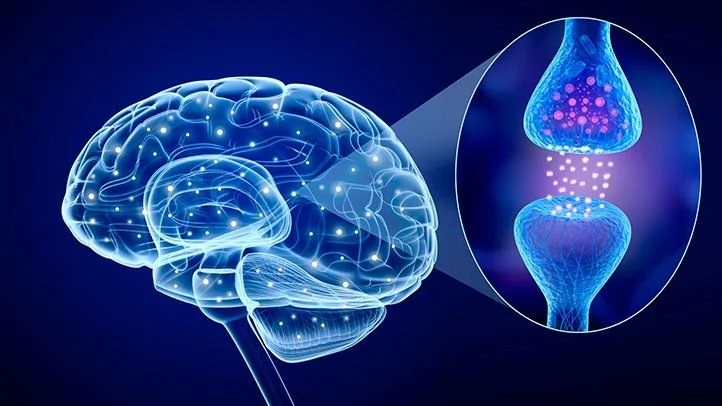When you think of protein, muscle building is often the first thing that comes to mind. But protein goes far beyond supporting muscles; it’s the backbone of countless bodily functions, playing a vital role in maintaining the health and balance of every system in your body. From supporting immune health to brain function, hormones, and beyond, protein is an essential building block that sustains life. Let’s explore why protein is so critical, the differences between types of proteins, how much protein you need to build muscle, and the best sources—especially those that don’t involve animal flesh.
Why Protein Matters for Your Body
Protein is a macronutrient made up of amino acids, which are often described as the body’s “building blocks.” Here’s how they contribute to the systems that keep you thriving:
Immune System Support: Protein is essential for creating antibodies, which are part of the immune system’s response to threats like bacteria, viruses, and other foreign invaders. Without adequate protein, your body might struggle to defend itself effectively.
Hormone Regulation: Many hormones, including insulin and growth hormone, are proteins or are derived from protein. These hormones play a role in everything from metabolism to stress response, growth, and reproductive health.
Enzyme Production: Enzymes, which help drive the chemical reactions needed for digestion, metabolism, and other critical processes, are proteins. They ensure your body can break down food, absorb nutrients, and convert them into energy.
Brain Health and Neurotransmitters: Proteins are involved in the production of neurotransmitters, which are chemicals that transmit signals in your brain. Amino acids like tryptophan, tyrosine, and glutamine are especially important for brain function, mood regulation, and mental clarity.
Cell Repair and Growth: Proteins are critical for cell growth, repair, and maintenance, helping to regenerate skin, hair, and internal organs. They also support tissue healing and recovery, making them essential for people of all ages, particularly as we age.
How Much Protein Do You Need to Build Muscle?
If muscle gain is your goal, consuming adequate protein is crucial. The general guideline for those engaging in regular strength training is to consume between 1.6 to 2.2 grams of protein per kilogram of body weight each day.
For example, if you weigh 70 kilograms (about 154 pounds), you would aim to consume between 112 to 154 grams of protein daily to support muscle growth. For people following an intense training program or aiming for significant muscle gain, some research supports going up to the higher end of this range.
The protein you consume throughout the day should ideally be spread across meals, with at least 20–30 grams per meal. This distribution helps to sustain muscle protein synthesis, maximizing the body's ability to use protein efficiently.
Animal vs. Plant-Based Protein: What’s the Difference?
Protein sources vary widely, and their amino acid profiles—along with how they’re absorbed by the body—can differ significantly. Understanding these distinctions helps in making protein choices that best fit your needs and values.
Animal-Based Protein: Meat, poultry, fish, eggs, and dairy products contain all nine essential amino acids, making them “complete” proteins. These proteins are often easily absorbed by the body and are great sources of certain nutrients like vitamin B12 and heme iron, which can be harder to obtain from plant-based sources.
Plant-Based Protein: Plant proteins are typically “incomplete,” meaning they lack one or more essential amino acids. However, by combining different plant proteins—such as rice and beans—you can create a complete amino acid profile. Plant proteins are also rich in fiber, antioxidants, and various micronutrients, making them great for supporting digestive and cardiovascular health.
Alternative Complete Proteins: Some plant foods, like quinoa, buckwheat, soy, and chia seeds, contain all essential amino acids, making them excellent alternatives to animal protein. Additionally, algae and spirulina are powerhouse sources of protein and provide a complete amino acid profile.
Great Protein Options That Aren’t Meat
For those looking to reduce or eliminate meat from their diet, there are many protein-rich foods that can easily help meet your daily requirements:
Legumes (Beans, Lentils, and Chickpeas): High in protein and fiber, legumes are a versatile plant-based protein option. One cup of cooked lentils contains about 18 grams of protein, along with iron, folate, and other essential nutrients.
Nuts and Seeds: Almonds, pumpkin seeds, chia seeds, hemp seeds, and sunflower seeds are rich in protein, healthy fats, and micronutrients. Hemp and chia seeds, in particular, provide all nine essential amino acids, making them excellent for a balanced plant-based diet.
Whole Grains: Grains like quinoa, buckwheat, farro, and wild rice are rich in protein. Quinoa, often called a “superfood,” contains all essential amino acids and is a great substitute for rice or pasta. These grains provide around 6–9 grams of protein per cup, along with beneficial fiber.
Tofu and Tempeh: Made from soybeans, tofu and tempeh are excellent sources of protein and are highly versatile in the kitchen. Tofu provides around 10 grams of protein per half-cup serving, while tempeh is even higher, with about 15–20 grams per serving. Both contain all essential amino acids.
Edamame and Green Peas: Edamame (young soybeans) and green peas are both protein-rich and contain essential vitamins and minerals. One cup of edamame has about 17 grams of protein, while green peas offer about 8 grams, making them great for adding protein to salads, stir-fries, and more.
Nutritional Yeast: Known for its cheesy flavor, nutritional yeast is a complete protein that provides 8 grams of protein per tablespoon and is packed with B vitamins. Sprinkle it over popcorn, pasta, or soups for an easy protein boost.
Algae and Spirulina: These green superfoods are not only high in protein but also in chlorophyll and a wide range of vitamins and minerals. Just one tablespoon of spirulina offers around 4 grams of complete protein, making it a nutrient-dense addition to smoothies.
Getting the Most Out of Your Protein Intake
While it’s essential to consume enough protein, it’s equally important to balance it with other nutrients and distribute it evenly throughout the day. Here are some tips to help you optimize your protein intake:
Combine Foods: If you’re consuming plant-based proteins, mix and match different sources to ensure you’re getting a full range of amino acids. For example, pair rice with beans, or have a handful of almonds with whole-grain toast.
Distribute Protein Intake: Aim to include a source of protein with every meal and snack to maintain steady energy levels and support muscle repair.
Stay Hydrated: Protein metabolism requires water, so be sure to drink enough throughout the day to support kidney function and avoid strain.
In Closing: The Power of Protein
Protein is essential for more than just muscle maintenance; it’s the fuel that powers your immune system, supports mental clarity, balances hormones, and sustains all bodily functions. With so many nutrient-dense, plant-based sources available, getting enough protein doesn’t have to rely on animal flesh. By choosing a variety of high-quality, protein-rich foods, you can keep every system in your body nourished, energized, and ready to thrive.






















